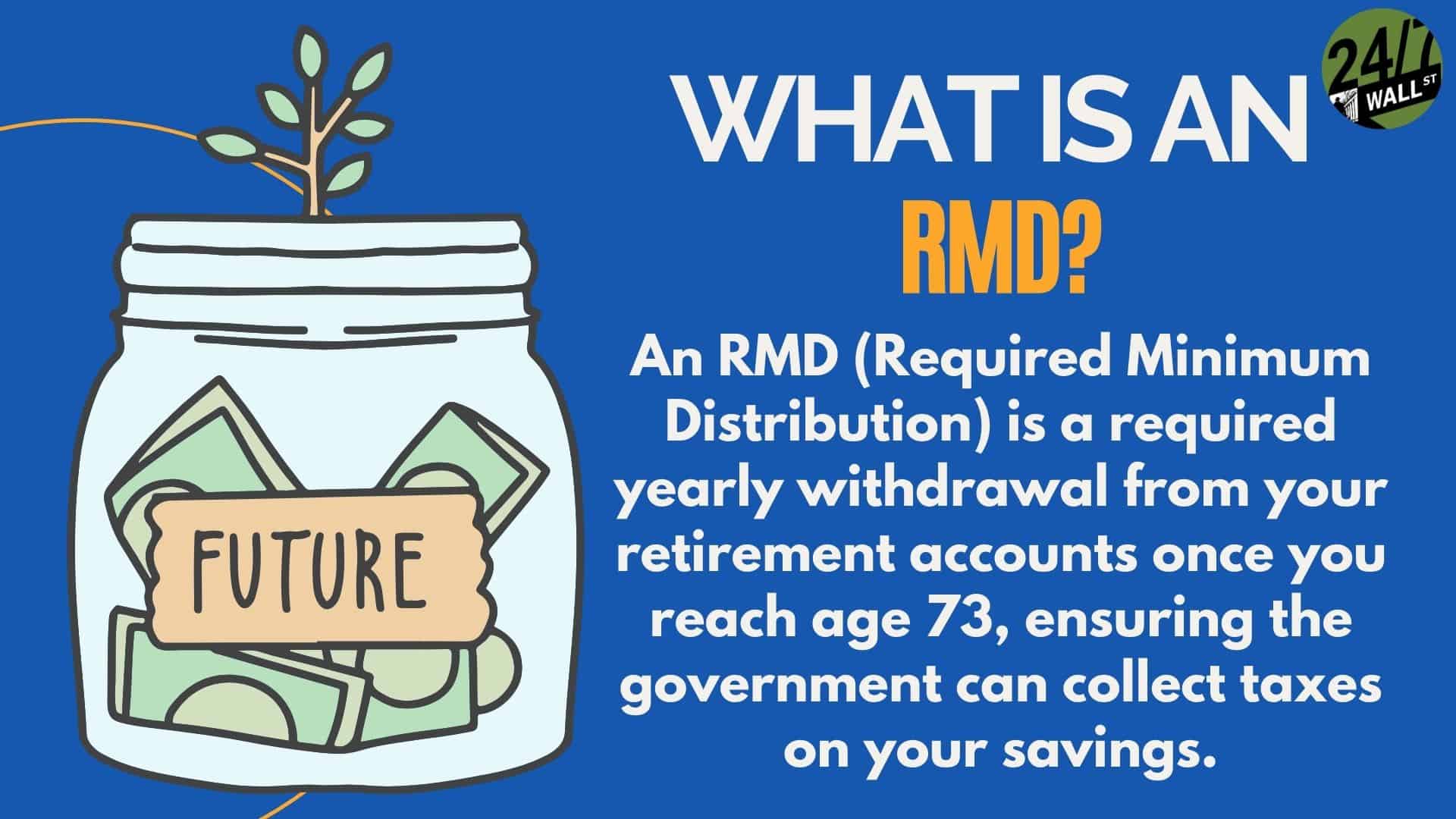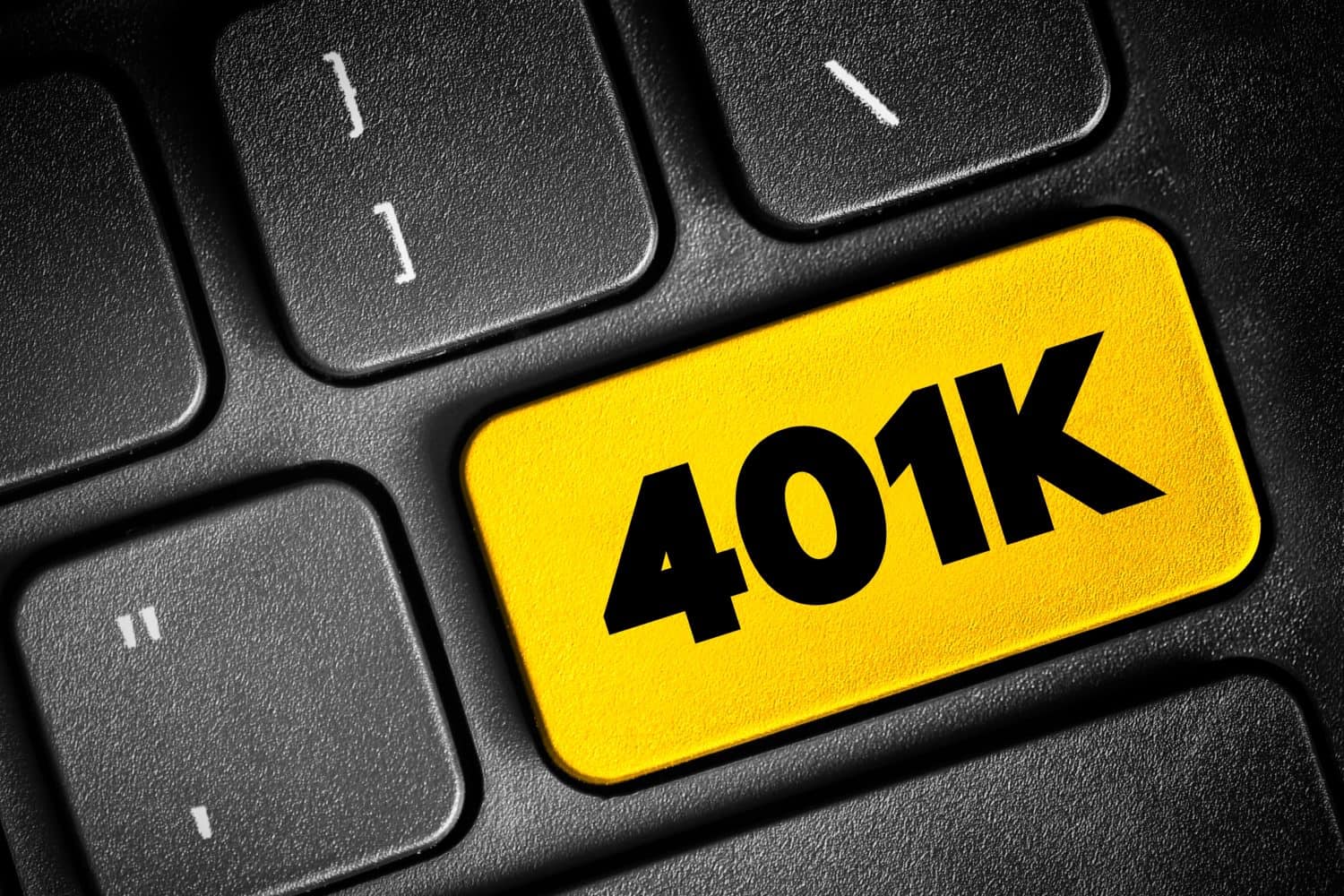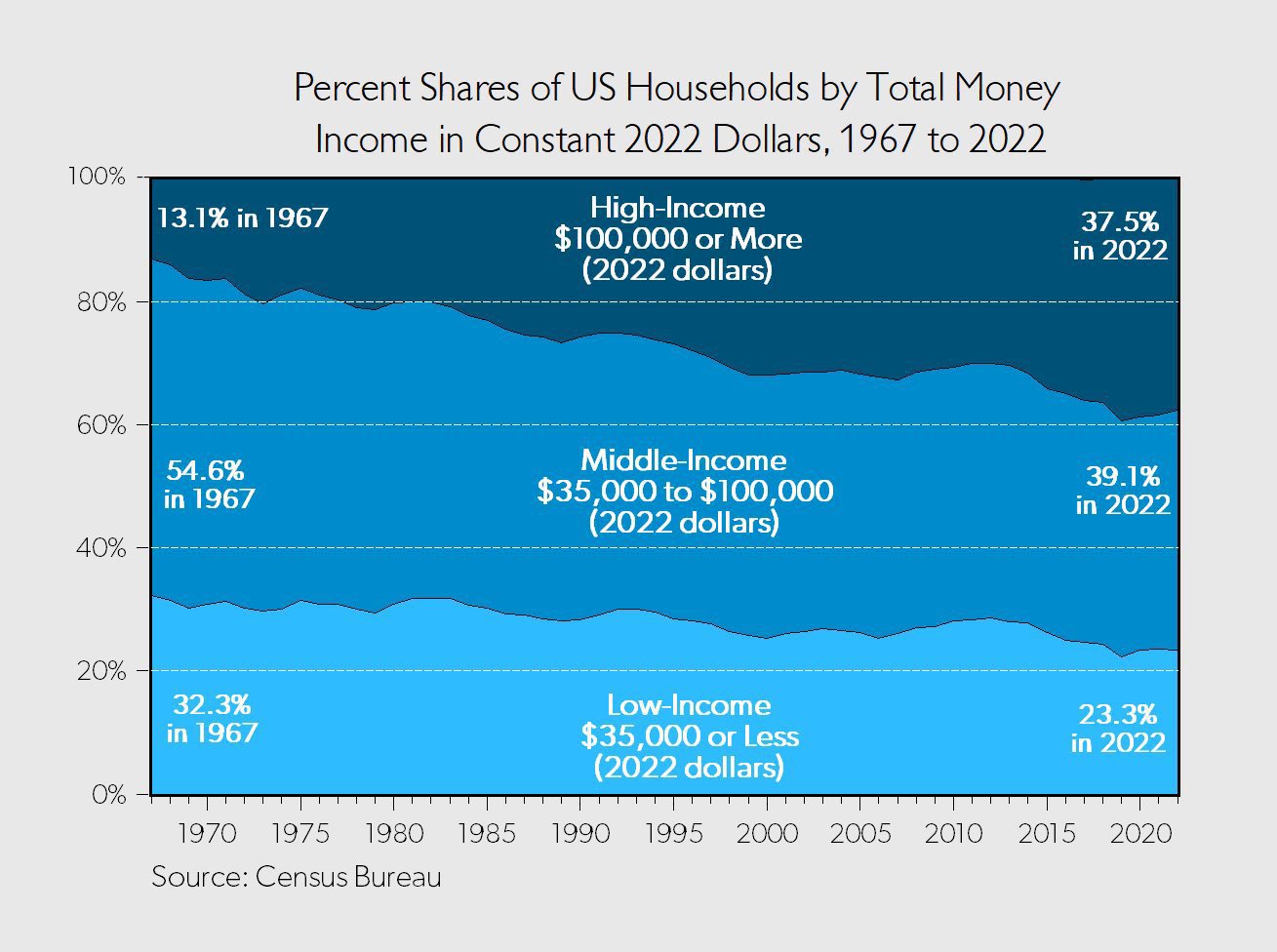4 Steps to Follow to Accurately Calculate Your RMD If You Have Multiple Retirement Accounts
This post may contain links from our sponsors and affiliates, and Flywheel Publishing may receive compensation for actions taken through them. If you have more than one retirement account, you must calculate your required monthly distributions for each one of them separately. According to the Internal Revenue Service, you can aggregate your RMD amounts for […] The post 4 Steps to Follow to Accurately Calculate Your RMD If You Have Multiple Retirement Accounts appeared first on 24/7 Wall St..

If you have more than one retirement account, you must calculate your required monthly distributions for each one of them separately.
According to the Internal Revenue Service, you can aggregate your RMD amounts for all IRAs. And then withdraw a total RMD from one IRA.

Key Points About This Article
- If you have more than one retirement account, you must calculate your required monthly distributions for each one of them separately. Or, according to the Internal Revenue Service, you can aggregate your RMD amounts for all IRAs and withdraw a total RMD from one IRA.
- For each retirement account, determine the value of each one of them separately.
- Also: Take this quiz to see if you’re on track to retire (Sponsored)
As noted on the IRS site: “If you have more than one IRA, you must calculate the RMD for each IRA separately each year. However, you may aggregate your RMD amounts for all your IRAs and withdraw the total from one IRA or a portion from each of your IRAs. You do not have to take a separate RMD from each IRA.”
To calculate your RMD, there are four key steps.
One, determine your prior year-end balance.
For each retirement account you have, determine the value of each one of them separately. You should also know that after reaching the age of 73, RMDs must be taken from tax-deferred retirement accounts, including traditional, rollover, SIMPLE, and SEP IRAs, most 401(k) and 403(b) plans, and self-employed 401(k)s.
In addition, according to Fidelity.com:
“If you have multiple retirement accounts, it’s possible to take your required minimum distribution (RMD) from one, but it depends on the type of retirement account:
- For IRAs (Traditional, rollover, SIMPLE, and SEP): You must calculate the RMD for each of these accounts separately, but you can withdraw the total RMD amount from one or any combination of accounts.
- For 403(b)s: RMDs must be calculated separately for each account, but the total amount of the RMD can be withdrawn from any one or a combination of your 403(b) accounts.
- For 401(k)s: RMDs must be calculated separately for each account and taken individually from those accounts.
You are not required to take RMDs from your own Roth IRA and cannot satisfy an RMD requirement with a withdrawal from a Roth IRA.”
Two, Know your life expectancy factor.
To calculate your RMD, the IRS will use a formula that includes your total account balances, your age, your life expectancy, and your beneficiary life expectancies. The IRS then divides the total balance by your life expectancy factor. That’s the age to which you’re expected to live until. For an example of how that works, here’s a link to the IRS Uniform Lifetime Table.
Third, calculate your RMD with your life expectancy factor.
Let’s say you’re 73 years old. You would have a Life Expectancy Factor of 26.5. If you have an account balance of $250,000 as of December 31 of last year, you would divide $250,000 by 26.5, which would give you an RMD distribution amount of $9,433.96.
Unless you aggregate your retirement accounts, be sure to find your RMD for each account you have. And fourth, be sure to check with your financial advisor.
There are Different Rules for RMDs Depending on Your Retirement Account
According to the IRS, “The RMD rules apply to all employer-sponsored retirement plans, including profit-sharing plans, 401(k) plans, 403(b) plans, and 457(b) plans. The RMD rules also apply to traditional IRAs and IRA-based plans such as SEPs, SARSEPs, and SIMPLE IRAs. The RMD rules do not apply to Roth IRAs or Designated Roth accounts while the owner is alive. However, RMD rules do apply to the beneficiaries of Roth IRA and Designated Roth accounts.”
With an IRA, you must calculate RMD for each IRA separately. You can combine the RMDs for all of your IRAs and withdraw the total amount from a single IRA.
With a defined contribution plan, such as a 401(k), you are required to take separate RMDs for each plan. With a Roth IRA, you do not have to take RMDs if you are the original account holder. However, beneficiaries of a Roth IRA are subject to RMDs.
In addition, let’s say you have a spouse who is 10 years younger than you, and is listed as a 100% beneficiary of your RMD. If that’s the case, you need to calculate your RMD using a Joint Life Expectancy Table. The calculation includes your age and your spouse’s age, which can result in longer life expectancy, which can also reduce your required RMD.
There are Key Rules to Follow with RMDs
One, at 73, you are required to take your RMD. That will go up to 75 by 2033.
Two, there is a required beginning date, which is April 1 of the year after the year when you turn 73. So, if I turn 73 in 2025, I would have until April 1, 2026 to take my first RMD, which would cover my RMD for 2025. I would also have to take another RMD by year-end to account for my 2026 RMD as well.
Three, if you do not take your RMD in time, you could see penalties of up to 25%. It was once as high as 50%.
It ensures the IRS gets its money one way or another. Four, make sure you don’t get caught up in an RMD pitfall. For example, make sure you’re using the correct account balance. The wrong balance can lead to an RMD that’s too low. You also want to make sure you’re using the correct life expectancy factor, as we noted a moment ago. And you want to make sure that you’re accounting for all retirement accounts.
Again, and we can’t stress this enough, check in with a financial advisor.
The post 4 Steps to Follow to Accurately Calculate Your RMD If You Have Multiple Retirement Accounts appeared first on 24/7 Wall St..





































































































































































